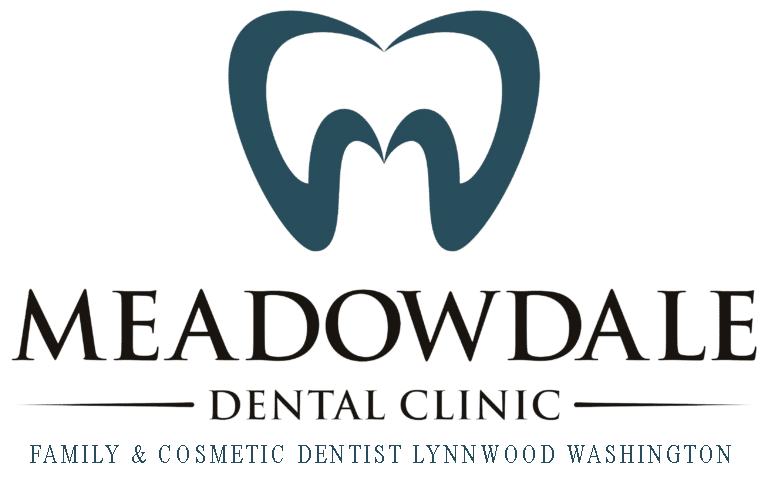Healing After Gum Contouring
No matter why you and the dentist chose gum contouring as the best treatment for your mouth, you will need to follow a few simple suggestions to minimize your healing and maximize the results.
For some people, they talk to the dentist about their gums sitting too low on their teeth, or more of their tooth is exposed due to receding gums or genetically low sitting gums. Other people talk to the dentist about their gums sitting too high on their teeth or a small portion of their tooth is exposed due to overgrown gums. Still others talk to the dentist about an uneven gumline across their smile creating the illusion of some teeth appearing too small or other teeth appearing too big. All of these reasons can cause you to feel less than confident about your smile and can benefit from a quick cosmetic procedure for your dentist.
Whether other people notice your gums or not, you are uncomfortable with your teeth from a cosmetic perspective. This discomfort can worsen over time leading to depression, low self-worth, and even strained relationships. Gum reshaping can help treat gum disease, prevent your smile from aging you, and ultimately give you the ability to light the room up with your smile without a second thought.
Gum Contouring Recovery Time and Helpful Hints
Scalpels, diode lasers, and radio surgery units are all common tools for dentists when addressing cosmetic gum contouring and dentists are able to help reduce swelling and healing time with the more modern techniques. Additionally, there are some things you can do at home after the procedure to stay comfortable and show off your improved smile in no time.
The day of your gum contouring, be sure to clear your schedule so you can rest and participate in limited activities. You should plan on having a few extra things at home to help your body heal quickly and easily. If you do not already have table salt and hydrogen peroxide, stock up so you can use them to make a saline rinse. A teaspoon of salt in eight ounces of warm water with a capful of hydrogen peroxide will help prevent infection or excessive bleeding. You should also plan to rinse your mouth after eating, even if it is a light snack; you want to keep debris or food particles from getting into the wound. If you find that you are in pain or your gums are particularly tender, the dentist may recommend an over the counter anti-inflammatory medication. When you follow these suggestions, you will find your healing period to last about a week to ten days.
The dentist may suggest a special way to brush your teeth or a soft bristle brush to use during your recovery. While rinsing and brushing will help keep your mouth infection free, certain foods and drinks can cause you pain. While you are healing and your gums are more sensitive, you should avoid food with seeds, spicy sauces, or other crunchy textures that can irritate your gum tissue. This is a great time to enjoy yogurt, ice cream and other cool, soft foods until your mouth is healed.
More on Gum Contouring : Is Gum Contouring Painful?
